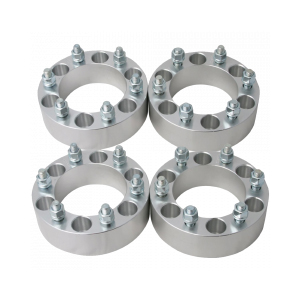differential seal
Understanding Differential Seals A Key Component in Mechanical Engineering
Differential seals play a crucial role in various mechanical systems by preventing the leakage of fluids and maintaining the integrity of the assemblies they protect. These seals are vital in applications ranging from automotive differentials to heavy machinery, where high performance and reliability are essential. This article explores the concept of differential seals, their types, applications, and the importance of maintaining them in optimal condition.
What Are Differential Seals?
A differential seal is a specific type of sealing mechanism that is designed to provide a barrier between two compartments that contain fluids. In automotive applications, for example, these seals are essential in the differential gearbox, where oil is used for lubrication. The differential, which allows for the wheels to turn at different speeds while ensuring the vehicle operates smoothly during turns, requires adequate lubrication to function properly. Differential seals ensure that this lubricant does not leak out, which could lead to premature wear and failure of the components.
Types of Differential Seals
There are several types of differential seals, each designed for specific applications and fluid types
. The most common types include1. Rubber Seals These are widely used due to their flexibility and resistance to wear. They are typically used in low to moderate pressure applications and can accommodate slight misalignments between parts.
2. Mechanical Seals Often found in high-pressure environments, mechanical seals consist of two faces that press against each other, creating a tight seal. These are used when higher integrity is required to keep fluids contained.
3. Lip Seals These seals feature a lip that presses against the shaft or housing, providing effective sealing for rotating or oscillating components. They are commonly used in vehicles and machinery to prevent oil leaks.
differential seal

4. O-rings O-rings can be used as differential seals in various applications due to their simple circular design that fits into a groove, creating a tight seal around a shaft or within a housing.
Applications of Differential Seals
Differential seals are utilized across various industries. In automotive engineering, they are integral to the function of the drivetrain, helping to transfer power from the engine to the wheels while preventing oil leakage. In aerospace, they are employed in hydraulic systems where fluid integrity is critical. Industrial machinery also relies on differential seals to ensure that hydraulic systems operate securely and efficiently, mitigating the risk of fluid leaks that could lead to system failures.
Importance of Maintenance
The longevity and efficiency of differential seals are heavily dependent on proper maintenance. Neglect can lead to seal degradation, which can cause leaks and operational inefficiencies. Regular inspections should be performed to check for signs of wear, such as cracks or fluid accumulation around the seals. When wear is detected, timely replacement is crucial to prevent more extensive damage to surrounding components.
In addition, selecting the correct type of seal for the application is paramount. This means understanding the type of fluids involved, the temperature and pressure conditions, and the expected motion of the components. Engineers often rely on data sheets and specifications provided by seal manufacturers to ensure that the correct materials are chosen for the specific working environment.
Conclusion
Differential seals are essential components in mechanical systems, ensuring fluid containment and operational efficiency. By understanding their types, applications, and maintenance needs, engineers and maintenance teams can ensure that these seals function optimally, thereby prolonging the life of the equipment they protect. As technology continues to evolve, the materials and designs used for differential seals will also advance, further enhancing their performance and reliability in a wide range of applications. The importance of these seemingly small components cannot be overstated, as they are vital for the smooth operation of modern machinery.
-
Understanding the Front Main Engine Seal: Purpose, Maintenance, and Installation
News Jul.29,2025
-
Understanding O-Rings and Seal Rings: Types, Applications, and Custom Solutions
News Jul.29,2025
-
Understanding Crankshaft Oil Seals: Rear Seals, Pulley Seals, and Their Role in Engine Integrity
News Jul.29,2025
-
The Importance of Front and Rear Crankshaft Seals in Engine Performance and Oil Management
News Jul.29,2025
-
Crank Oil Seals: Functions, Types, and Cost Considerations in Engine Maintenance
News Jul.29,2025
-
A Comprehensive Guide to O-Rings and Seals: Types, Materials, and Global Applications
News Jul.29,2025
-
Mastering Diesel and Performance Engine Maintenance: A Guide to Critical Oil Gaskets
News Jul.28,2025
Products categories















